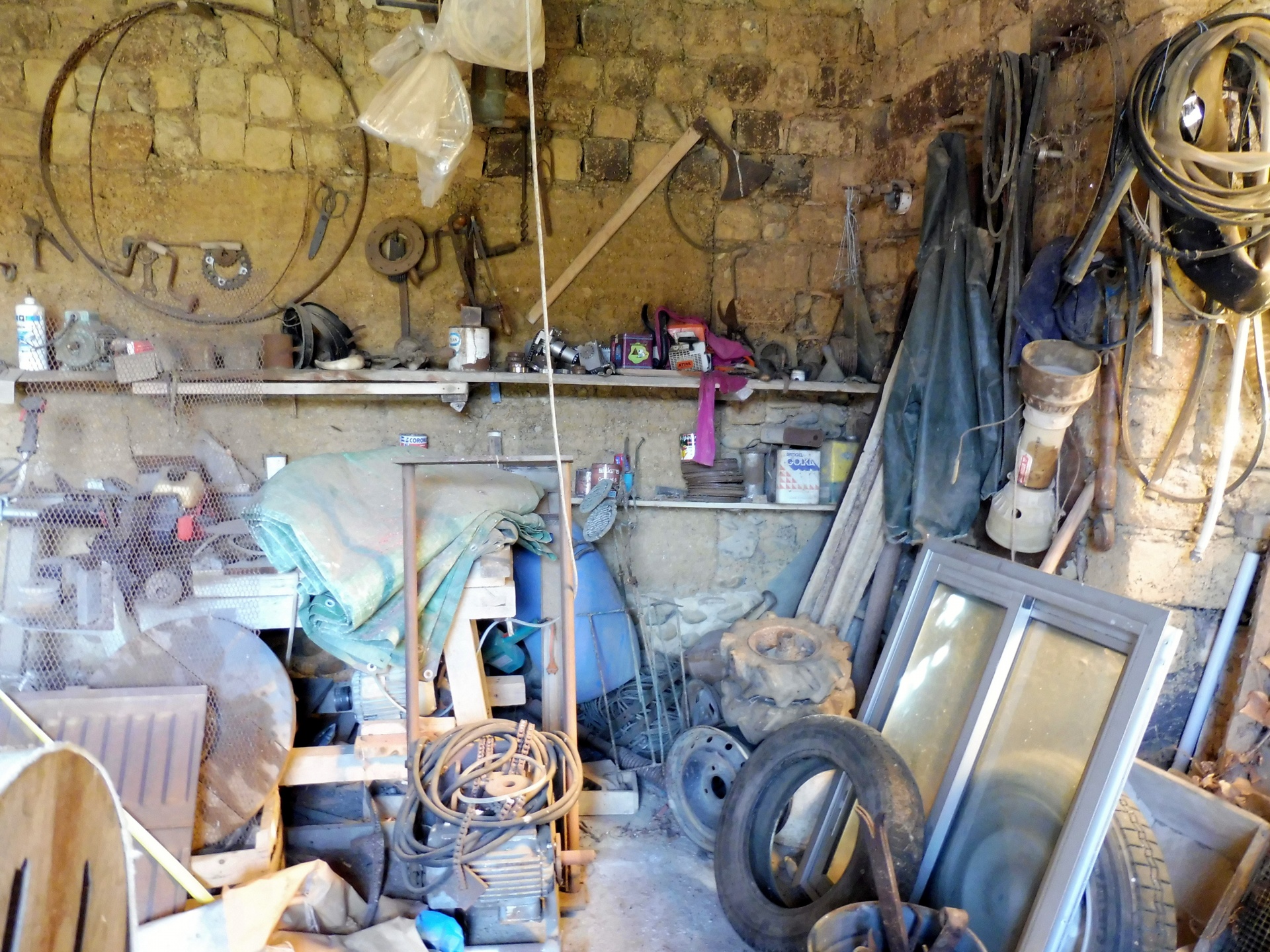Ever had that moment when your GE portable air conditioner just won’t cooperate? You turn it on, expecting a blast of cool air, but nothing happens. The compressor, the heart of your AC, refuses to kick in, leaving you hot and frustrated.
Don’t worry, you’re not alone. Many people face this issue and it’s usually something you can troubleshoot yourself. Let’s dive into some common reasons why your GE portable air conditioner compressor might not be turning on and how you can get it back up and running.
Understanding the GE Portable Air Conditioner Compressor
Overview of Compressor Functionality
The compressor is the heart of your GE portable air conditioner. It pressurizes the refrigerant, facilitating the cooling process. When the refrigerant is compressed, it raises the temperature, and then the air conditioner expels the hot air outside. The cooled refrigerant is then recirculated inside the room. If the compressor isn’t working, your air conditioner can’t cool effectively.

Common Misconceptions About Air Conditioner Operations
Only involves cooling: Air conditioners don’t just cool the air. They also dehumidify it, making the room more comfortable.
Constant compressor operation: The compressor doesn’t run continuously. It cycles on and off to maintain the set temperature. If it seems like it’s off, it might just be in a resting phase.
Quick fixes always work: Not all compressor issues can be fixed easily. Sometimes, professional service is required. Simple troubleshooting can solve many problems, but not all.
Troubleshooting the GE Portable Air Conditioner
Address the issue of the compressor not turning on with these steps.
Checking the Power Supply
Verify the connection of the air conditioner to a functioning power outlet. Check for tripped circuit breakers or blown fuses. Confirm the power cord is undamaged and firmly plugged in.
Inspecting the Thermostat Settings
Ensure the thermostat is set to “Cool” mode. Verify the temperature setting is lower than the room temperature. Double-check the settings for any programming errors.
Evaluating the Capacitor’s Condition
Look for signs of a faulty capacitor, like a bulging or leaking component. Use a multimeter to test the capacitor’s functionality. If defective, replace it or contact a professional technician.
Professional Repair Vs. DIY Solutions
Knowing when to call a professional or fix the issue yourself saves time and money. Let’s dive into both scenarios.
When to Call a Professional
Complex Problems: If the compressor issue involves complicated wiring or parts, it’s best to call a technician.
Warranty Considerations: Professional repair keeps your warranty intact. DIY fixes might void it.
Special Tools: Some repairs need specialized tools. Professional technicians have these, ensuring a proper fix.
Simple Fixes You Can Do Yourself
« Stop Food Waste: Discover the 7 Best Airtight Food Storage Containers for Your Fridge
How to Clean a Fan: Easy Steps to Keep It Dust-Free and Efficient »
Check Power Supply: Ensure the unit is plugged in and the circuit breaker hasn’t tripped.
Inspect Thermostat: Make sure the thermostat settings are correct and batteries are functional.
Evaluate Capacitor: Look for swelling or leakage. Replacing a faulty capacitor resolves many issues.
Clean Filters: Clogged filters hinder operation. Clean or replace them regularly for optimal performance.
Preventive Maintenance Tips
Regular maintenance prevents most air conditioner issues.
Routine Cleaning and Care
Clean the filters monthly. Dirty filters block airflow and cause compressors to overwork. Use a soft brush to remove debris. Also, check the evaporator and condenser coils for dust buildup. Clean them periodically to maintain efficiency. Inspect for leaks in the hose and drain pan. Ensure they’re clear to avoid water damage and inefficiency.
Periodic Professional Checkups
Schedule annual checkups with a certified technician. Professionals check refrigerant levels, inspect electrical components, and ensure overall unit health. If there are signs of wear or potential failures, they address them before becoming serious issues.
Conclusion
Dealing with a GE portable air conditioner compressor that won’t turn on can be frustrating, but with the right approach, you can often get it back up and running. Whether you’re tackling simple fixes like checking the power supply or considering professional help for more complex issues, there are solutions available to suit your needs.
Don’t forget the importance of preventive maintenance to keep your unit in top shape. Regular cleaning and annual checkups can save you from unexpected breakdowns and ensure your air conditioner runs efficiently. By taking these steps, you’ll enjoy a cool and comfortable environment all summer long.















